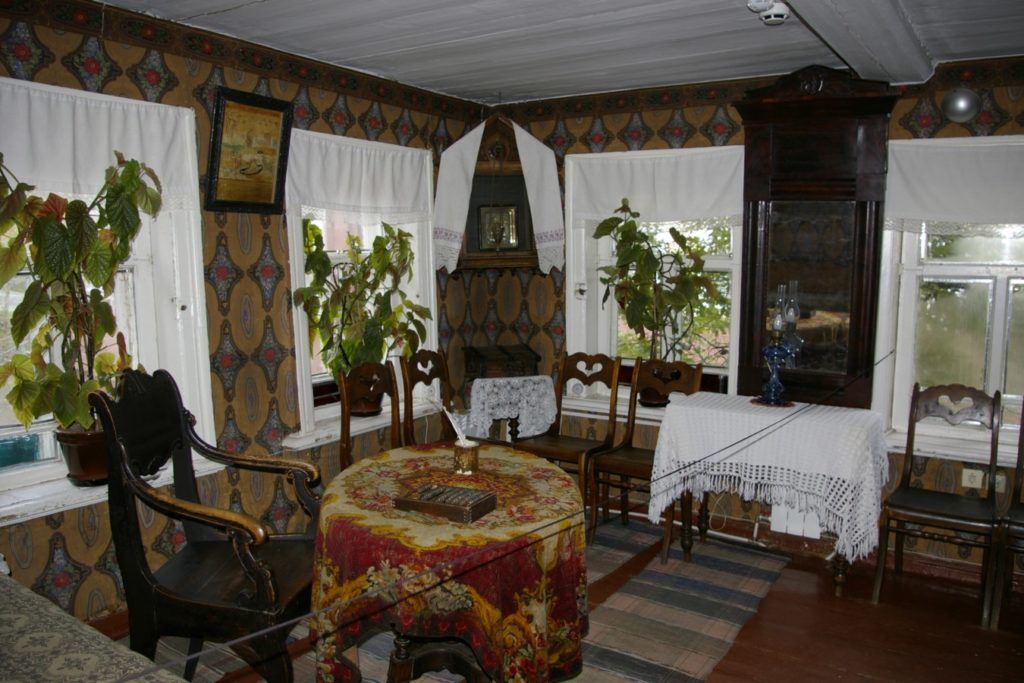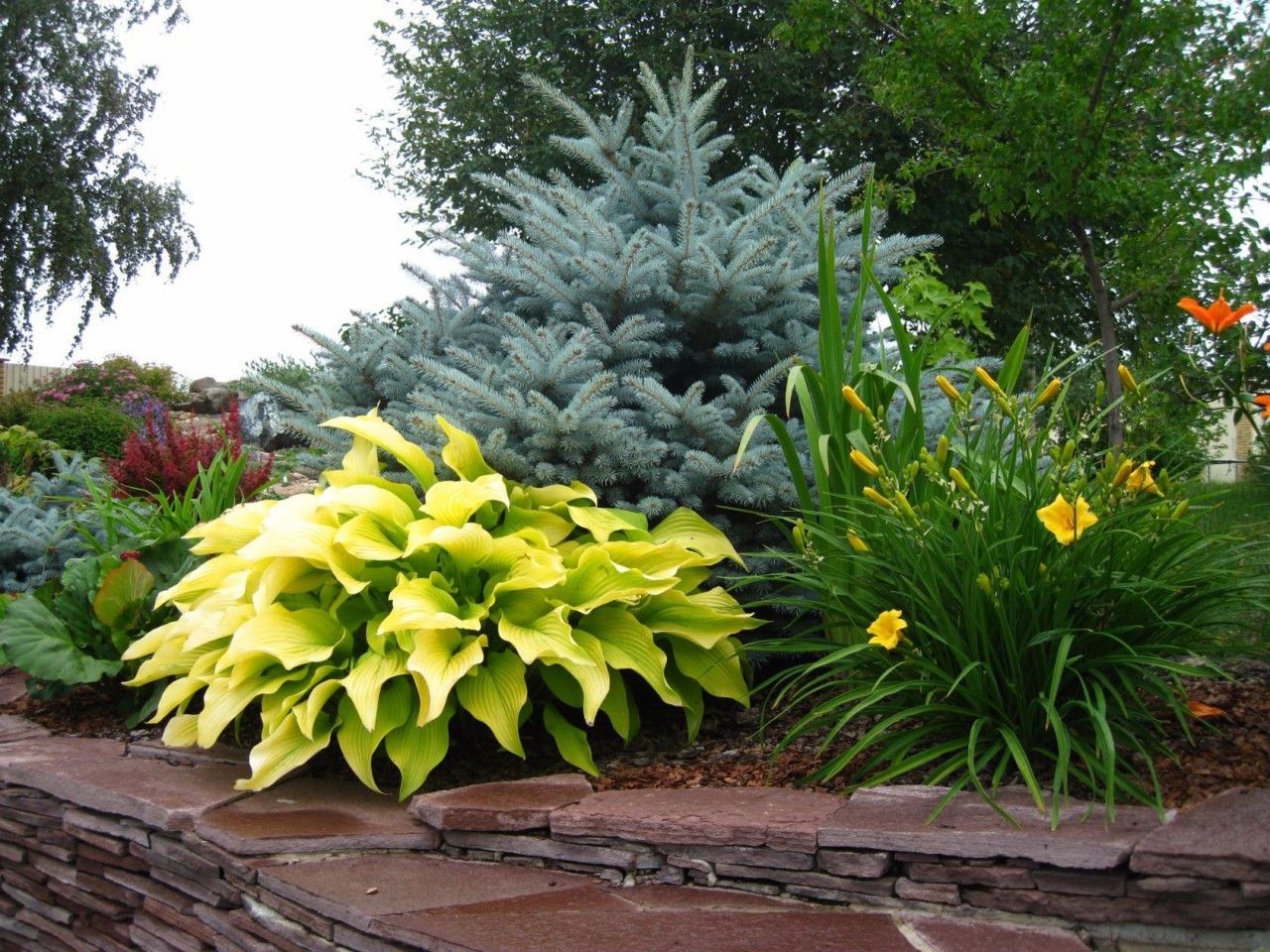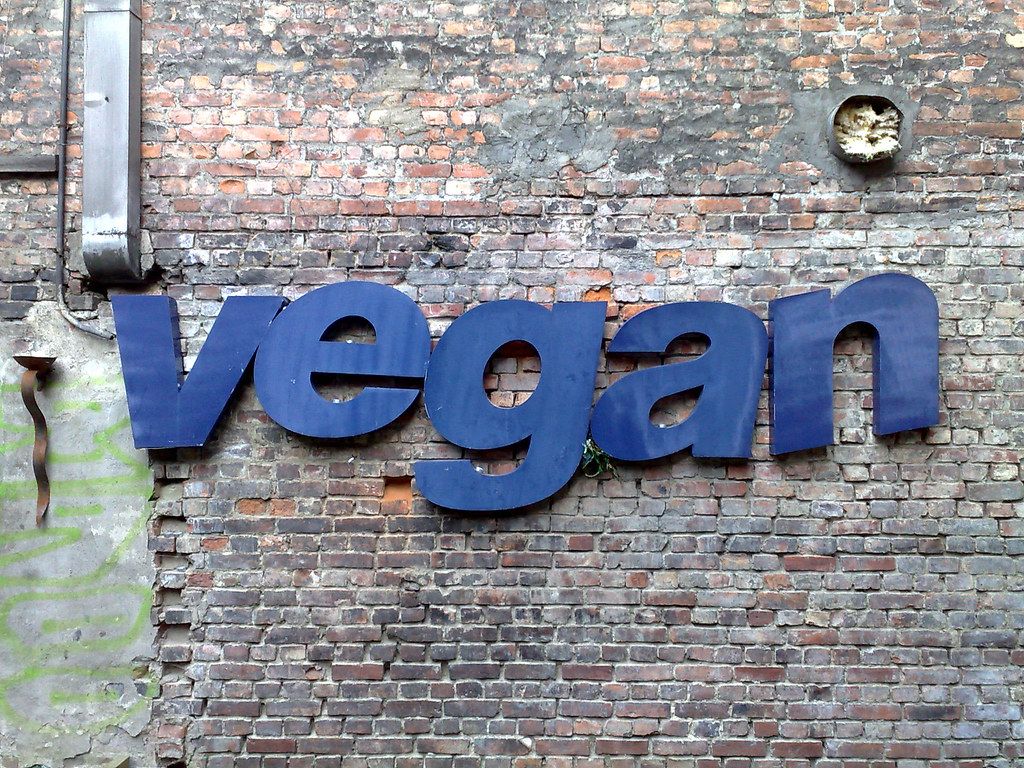Review of the best museums in Nizhny Novgorod 2024

Nizhny Novgorod is a city that tries to keep up with the modern capital, but at the same time maintain a long history. Therefore, travelers here can find museums and exhibitions of completely different directions. Tourists, including foreign ones, are very attracted by the basics of local architecture and folk crafts, as if carried through the centuries and preserved to this day.
Another area of interest to travelers is the famous writers who were born and lived in Nizhny Novgorod. The impressive collection of paintings will satisfy the most discerning art lover. In addition to traditional museums, which can be found in any city, there are also original ideas, for example, "House of Christmas tree toys". Also the cultural highlight of the city is the exhibition "Locomotives of Russia". We will talk about these and other museums in Nizhny Novgorod below.

Nizhny Novgorod - the most interesting museums in the city, rating of the best
Literary Museum
Milestones in the biography and creative heritage of one of the most talented classics, writer M.A. Gorky are permanently represented in the collection of the Literary Museum named after him. It was built in 1928, when Alexei Maksimovich was 60 years old. The initiative to open a museum dedicated to the famous compatriot belongs to the Nizhny Novgorod public. In addition to Gorky's works, the museum house displays many manuscripts of the 19th century writers who lived here and glorified Nizhny Novgorod with their work. For example, in the museum house there is an exhibition on a permanent basis that tells about the reverend hieromonk Seraphim of Sarov.
Along with materials about Gorkov, the exhibition tells about other prominent residents of the city. Among the representatives of the creative work of Nizhny Novgorod of the late 18th - early 20th centuries, the realist writer P.I. Melnikov, who described in detail and skillfully the histories of the customs of merchants-Old Believers and the schism of the church. The symbolist poet Ivan Rukavishnikov, the poet Leonid Grave and the poet-journalist Anna Mysovskaya, the democratic writer Vladimir Galaktionovich Korolenko, the musician V.Yu. Willisan, the instigator of the artistic photography genre Andrei Osipovich Karelin and photojournalist Maxim Petrovich Dmitriev.
Tourists who have visited the museum chambers are surprised at the setting that has retained its uniqueness: a marble staircase that meets visitors at the main entrance, huge mirrors and skillful stucco molding on the ceilings, unique wooden mosaics immerse viewers in the early 20th century. And in the hall with a fireplace, travelers are greeted by a real grand piano with history. In 1920 V.I. Lenin, in the company of Gorky, enjoyed the performance of the unique "Appassionata" on the piano. This instrument was transported after the death of Gorky's first wife, E.P. Peshkova.Ekaterina Pavlovna also donated to the museum house the decoration of her husband's study as it was at the beginning of the 20th century, many personal belongings of the classic and a huge number of photographs.
The museum is open to visitors from 9-00 to 17-00, weekends - Tuesday and Friday.
Address: Nizhny Novgorod, st. Minina, 26. Contact phone: ☎ 436-15-29.
- chic furnishings;
- unique exhibits.
- not detected.
Museum of Childhood A. M. Gorky "House of Kashirin"
The grandfather and grandmother of the famous classic lived in a small house made of chopped logs, which is why it is often called Gorky's childhood home. Alyoshenka Peshkov, at the age of 4, visited his grandparents for several months, and did not look there again. However, he did not forget the time spent in his father's house, and it was his childhood impressions of Kashirin's house that he conveyed in the book "Childhood". In 1933, the residential building turned into a museum apartment, and today, along with the literary museum and Gorky's museum apartment, it is part of the Nizhny Novgorod State Museum.
The museum has a special atmosphere, because its organizers have completely recreated the environment in which little Lesha lived. From the outside, Kashirin's house seems very simple - it is a one-story log house, the walls of which are not even painted, and inside it there are 5 rooms. The estimated time of its construction is the first half of the 19th century. The house has five living quarters, including a kitchen, grandfather’s office and grandmother’s bedroom, the room of Alyosha’s uncle, Mikhail (this is the eldest son of the Kashirins), and the last room, popularly called the basement — the lower, usually non-residential premises. After arriving from Astrakhan, the future writer and his mother lived there. The house is heated by a Russian stove and a couple of tiled floodplains.
In a small courtyard at the Museum of Childhood, tourists can see farm buildings. There is also a dyeing house - a workshop, due to which the Kashirins family lived and received income, visitors to the house can get acquainted with the equipment of that time. There is also a barn with tools and a coach house, where a sledge-sledge, a stall and harness for horses are located.
The museum is open to tourists from 9-00 to 17-00 on days: Friday - Monday, and on Thursday the museum is open from 11-00 to 19-00.
Museum address: Nizhny Novgorod, Postal Congress, 21.
- a special setting that immerses tourists in the past century;
- unique exhibits that devote museum guests to the life of Gorky.
- not detected.
Museum them. Pushkin in Nizhny Novgorod
Alexander Sergeevich Pushkin not only wrote many works, but also visited many places. In every place where he was, even for a short time, a note about the great classic was left in the form of a corresponding tablet or monument. In the hotel of Nizhny Novgorod A.S. Pushkin stayed only for a couple of days, at the present time there is an exposition telling about the work of the genius poet.
Museum-apartment named after A.S. Pushkin Museum in Nizhny Novgorod is quite young - it was opened in 2009. The exhibition occupies only two large rooms, but their decoration makes it possible to understand what connected the great Alexander Sergeevich with a quiet provincial city.
The Small Hall is represented by the exhibition “A.S. Pushkin in Nizhny Novgorod ", which operates on a permanent basis. Tourists will not find Pushkin's real things here, but the creators of the exposition have successfully recreated the atmosphere inherent in Nizhny Novgorod at the beginning of the 19th century. On the walls you can see portraits of residents of Nizhny Novgorod, with whom Pushkin communicated during his visit.
The exposition in the second hall is not permanent, it is periodically updated. It presents paintings by artists who present their vision of the world and the works of A.S. Pushkin. It is noteworthy that little-known artists of different ages also participate in the exhibition.
The museum is open from Tuesday to Saturday: 10: 00-17: 00, Sunday and Monday are days off.
Entrance: 100 rubles; for children from 7 to 17 years old: 50 rubles, for children under 6 years old - admission is free.The address of the A.S.Pushkin "Boldino": Nizhny Novgorod, pl. Minin and Pozharsky, 5. The museum is located in the immediate vicinity of the Nizhny Novgorod Kremlin.
- renewal of expositions;
- the expositions have successfully recreated the atmosphere inherent in Nizhny Novgorod at the beginning of the 19th century.
- not detected.
Museum of entertaining sciences "Quarki"
When preparing for a tourist trip, the first thing travelers do is plan which museums are worth visiting. After all, this is the place where important and interesting objects of history are carefully kept, and which will tell about events long past. This was the case until recently. But everything in the world is changing rapidly and museum business is no exception. In most countries, expositions have opened that invite visitors to interactive communication.
A formal visit is not welcome here, when visitors walk on line and are not allowed to touch the exhibits. On the contrary, you can touch everything, set up an experiment, predict the outcome, and then get it. The Russian Federation is keeping pace with new trends. In Moscow, these are "Living Systems" and "Experimentarium", Nizhny Novgorod keeps up with the capital. The Quarki Museum of Entertaining Sciences was recently opened there. Be sure to visit it with your children.
A new representation in the world of science - the physics museum. Its main idea is that a person should do what he loves and what interests him. This becomes possible only if he participates in the process, when he himself discovers something new for himself. It is a great happiness for parents if their child loves science and strives for knowledge. But learning from the pictures in the textbook will not bring much benefit in order to interest the child - it is important to involve him in the process. Therefore, museums similar to "Quarks" are priceless. Physical properties are illustrated by a large number of exhibits, which in a form accessible to the child will explain to him the physical laws of dynamics, acoustics and physics of environments. The exhibits are arranged in such a way that the history of science becomes clear to children. The green zone is the know-how of the current millennium, the blue one is the achievements of the Renaissance and the Late Middle Ages, the red one is the period of the New Time.
The green zone makes it possible to create your own optical portrait. The action takes place using a contact wall and many cylinders. Here you can also contemplate lightning, driven into a plasma ball, which allows you to experience the magic of illusory optics.
Science shows are the favorite performance of sightseers. They allow you to create huge bubbles of air, tame lightning, and comprehend how to use liquid nitrogen. Super shows are held on a schedule, which can be found on the museum's website.
Prices: weekends and holidays - 380 RUB, weekdays - 300 RUB, show and master class will cost 200 RUB in addition to the ticket price. The purchased ticket is valid for the whole day.
- low cost of visiting;
- the institution organizes any holidays, including birthdays.
- not detected.
Museum of arts and crafts
A visit to the historical museum of arts and crafts of the Nizhny Novgorod region makes it possible to trace the chronology of their development, which covers the XVII-XXI centuries. Almost 4 thousand exhibits are exhibited here.
The works of the national economy for the exposition were provided by the Nizhny Novgorod State Historical and Architectural Museum-Reserve. The beginning of the acquisition of the richest funds dates back to the second half of the 19th century.
Works of folk craftsmen in the field of:
- spoon fishing;
- decorative artistic processing of wood and metal, household carving;
- artistic painting on wood (Polovsko-Maidan, Khokhloma, Gorodets);
- pottery products;
- gold embroidery and lace, patterned creativity;
- making Russian folk costumes;
- production of furniture in the early XX century. in the Russian national style.
As well as exhibits made at the Pavlovsky souvenir factory, a stitching factory, and a Shakhun art factory.
Working hours: from 10.00 to 17.30, Monday - day off.
Address: Nizhny Novgorod, st. B. Pokrovskaya, 43, 4th floor;☎: tel .: 433-34-27.
- convenient opening hours of the museum;
- low cost of visiting.
- not detected.
GAZ History Museum
The history of the Gorky Automobile Plant (GAZ) began over 80 years ago. The exposition was opened in 1956. Initially, the main goal of the exhibition was to preserve the foundations of the domestic automotive industry, create positive reviews about products and activities, and maintain strong positions of public interest in the factory past.
2 floors of the training center are allocated for exhibition exhibits. Visitors are given the opportunity to get acquainted with the history of the plant and the various periods of its operation through group excursions. The first level is occupied by the permanent exhibition "Cars and Their Creators". Here are the most interesting specimens assembled at the plant: the famous "Pobeda" and "Chaika", a rare GAZ-51 truck, a representative GAZ-3105 and many other interesting models. The hall displays copies of military and civilian equipment.
On the second floor, there are exhibits that tell about the origin and development of production. Documents, photographs, military uniforms and furniture from offices - everything that during the Great Patriotic War helped the employees of the plant in the common cause of the fight against the fascist invaders and the approach of Victory Day.
From time to time, GAZ holds thematic exhibitions, at which visitors are introduced to various aspects of the activities of the plant's divisions, talk about the latest inventions and joint programs, and the trade union movement. Exciting excursions are recommended for children.
Working hours: Monday - Thursday 9.00-18.00, Friday 9.00-17.00, Saturday 9.00-16.00, days off - Sunday and the last Friday of the month.
Address: Nizhny Novgorod, Lenin Ave., 95 (building of the educational center "GAZ Group")
- museum employees continue to carry the established traditions;
- conduct excursions;
- public events are organized for schoolchildren and students.
- not detected.
Museum "Shchelkovsky Khutor"
Shchelkovsky farm (according to official data - "Shchelokovsky") is a museum architectural structure of a wooden type. Under the open sky, it is located in a forest surrounded by three indescribably picturesque lakes.
On an area of 36 hectares, a village with a history of the mid-19th century was re-created. The buildings of rural peoples were brought in an organized manner from all over the Nizhny Novgorod region. Today, the museum provides an opportunity to see real huts (in many of them the interior decoration has been preserved from past centuries), a church building, a mill, barns and other structures that were relevant at that time. In total, there are about 15 objects.
The huts of ordinary peasants are unique wooden monuments that have survived to our time. You can also see other household items: sleighs, arches, chests, cradles for children, spinning wheels, boxes, kitchen items. Everything is decorated with incredibly beautiful carvings and paintings.
Entrance fee: adults - 100 RUB, students and pensioners - 80 RUB, schoolchildren - 50 RUB, for children under 7 years old admission is free.
Working days: Monday-Thursday, Saturday-Sunday from 10:00 to 18:00, Friday from 10:00 to 17:00.
Address: st. Gorbatovskaya 41;
☎: tel .: (831) 465 15 98.
- low cost;
- group excursions;
- modern craft master classes;
- festive festivities and concerts of folk groups.
- not detected.
Nizhny Novgorod State Art Museum
The museum is located in the Dmitrov tower of the Nizhny Novgorod Kremlin. The museum exhibits include works from the St. Petersburg Academy of Arts. Here are collected various casts of gypsum sculptures from the times of antiquity, as well as canvases by gifted artists.
To date, the museum's collection contains more than 8 thousand exhibits. These are real works of painting, graphics, theater and folk art.
Opening hours: 10: 00-17: 00 daily, except Tuesday.
Address: Nizhny Novgorod, Kremlin, building 3;
☎: tel .: 439-13-73.
- low cost;
- original exhibits.
- not detected.
Nizhny Novgorod Orthodox Museum
This place provides an opportunity to get acquainted and study the history of the Russian Orthodox Church, including the Diocese of Nizhny Novgorod. The exposition contains authentic items of Orthodox worship of past centuries: sacred Crosses, the Gospels, various church household appliances, photographs, reproductions, literature on the history of icon painting, church art and architecture.
In the very center there is the main exhibit - the life-giving cross of the 17th century. In the 90s, an attempt was made to export it abroad.
In winter, this place has a special magical setting. Snow-white flakes that have fallen from the sky cover everything around, and the area becomes ideal for romantic walks. Free admission is provided to the Nizhny Novgorod Orthodox Museum.
Visiting hours: Tuesday, Thursday, Saturday from 12:00 to 17:00.
Address: Nizhny Novgorod, Pokhvalinsky exit, 5; tel .: 430-50-64.
- free visit;
- original exhibits.
- the museum is closed during church holidays and holidays at the Seminary.
Knowing where the museums of Nizhny Novgorod are located and what direction they represent, you can have a great time in the city, being on vacation or on a business trip, passing or visiting.
new entries
Categories
Useful
Popular articles
-

Top rating of the best and inexpensive scooters up to 50 cubic meters in 2024
Views: 97661 -

Rating of the best materials for noise insulation for an apartment in 2024
Views: 95022 -

Rating of cheap analogues of expensive medicines for flu and colds for 2024
Views: 91751 -

The best men's running shoes in 2024
Views: 87680 -

Top ranking of the best smartwatches 2024 - price-quality
Views: 85091 -

Best Complex Vitamins in 2024
Views: 84801 -

The best dye for gray hair - 2024 top ranking
Views: 82406 -

Rating of the best wood paints for interior use in 2024
Views: 77202 -

Ranking of the best action cameras from China in 2024
Views: 75269 -

Rating of the best spinning reels in 2024
Views: 74827 -

The most effective calcium supplements for adults and children in 2024
Views: 72462 -

Top rating of the best means for male potency in 2024 with a description
Views: 68296















